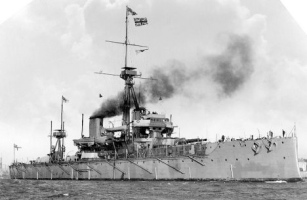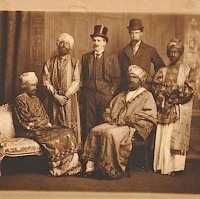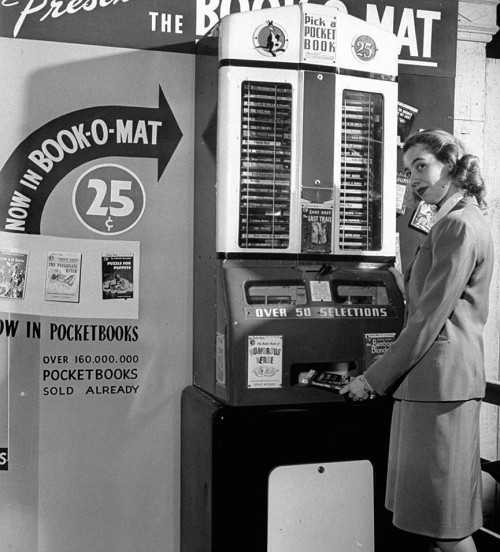(
from M.Christian's Meine Kleine Fabrik)
Very cool: the fantastic
Dark Roasted Blend just posted by article on the theft of the Portrait of Lisa Gherardini, wife of Francesco del Giocondo (the Mona Lisa to you and I).
This, and other fun articles can, of course, be found in my fun book,
Welcome to Weirdsville - out now from Renaissance E Books/PageTurner Editions.
The Lady Vanishes
If it had been done in this age of iphones, ipads, and the rest of our
high tech ilives, the movie would have had Clooney or Willis dangling
upside down over a pick-up-sticks weave of alarm lasers while a geeky
cohort (maybe Steve Buscemi or Alan Cumming), face green from the
digital overload bouncing up from a laptop, rattles off a
second-by-second update on the imminent wee-oo-wee-oo arrival of the
stern-jawed
Groupe d'Intervention de la Gendarmerie Nationale.

But while the lady did vanish – a very, very special lady – the means of
her vanishing, while maybe a tad less dramatic, is no less fascinating.
While you'll no doubt immediately recognize the lady in question, you
may not know her full name, or some of the more interesting details of
her portrait. Begun by a certain well-known artist back in 1503, the
likeness of
Lisa del Giocondo wasn't finished until some years
later, around 1519. After the death of this rather well known artist,
the painting was purchased by King François I, and then, after a certain
amount of time and other kings, it finally ended up in the Louvre. An
interesting note, by the way, is that – while not a King – the painting
was borrowed from the Louvre by Napoleon to hang in his private
quarters, and was returned to that famous French museum when the Emperor
became ... well, not the Emperor.

Its official title is
Portrait of Lisa Gherardini, wife of Francesco del Giocondo but the smile says it all, and in 1911
it was stolen – and wasn't returned until 1913.
While much of the theft is still a mystery, what is known is that on
August 22, 1912, Louis Béroud, a painter and fan of the legendary Mona
Lisa, came into the Louvre early one morning to study the famous work of
Leonardo da Vinci, instead finding a bare wall. In a pure Inspector
Clouseau bit of history, the museum staff didn't immediately put bare
wall and missing painting together and instead thought the painting had
been taken to be photographed. It took
Béroud, checking with the photographers themselves, to bring it to the
attention of the guards that the painting had been stolen.
Suspects were many and varied: a curious one was Guillaume Apollinaire,
the critic and surrealist, who, because he can once called for the
Louvre to be burnt to the ground, was actually arrested. While no-doubt
annoying, he was eventually cleared and released, but not before trying
to finger, unsuccessfully, a friend of his for the theft, another rather
well known painter by the name of Pablo Picasso.
Alas, the actual thief and the method of the robbery are almost
painfully plain, though the man and the means weren't discovered until
much later. In 1913, Vincenzo Peruggia, a Louvre employee, was nabbed
when he contacted Alfredo Geri, who ran a gallery in Florence, Italy,
about the stolen painting.

The story that emerged after his arrest was that on August 20th, 1912,
had Peruggia hid in the museum overnight. On the morning of Sunday, the
21st, he emerged from hiding, put on one of the smocks used by employees
and, with ridiculous ease,
simply took what is arguably the most famous painting in the world and put it under his coat and walked out the door with it.
When the gendarmes later knocked on Peruggia's door they'd simply
accepted his excuse that he'd been working somewhere else the day of the
theft, while the painting was hidden under his bed.
What isn't plain, though, was Peruggia's motivation for the theft.
[
MORE]









 be
on their lofty pedestals you'll quickly learn that more than a few of
them might be wonderfully, delightfully, fun ... if not totally nuts.
be
on their lofty pedestals you'll quickly learn that more than a few of
them might be wonderfully, delightfully, fun ... if not totally nuts.






















